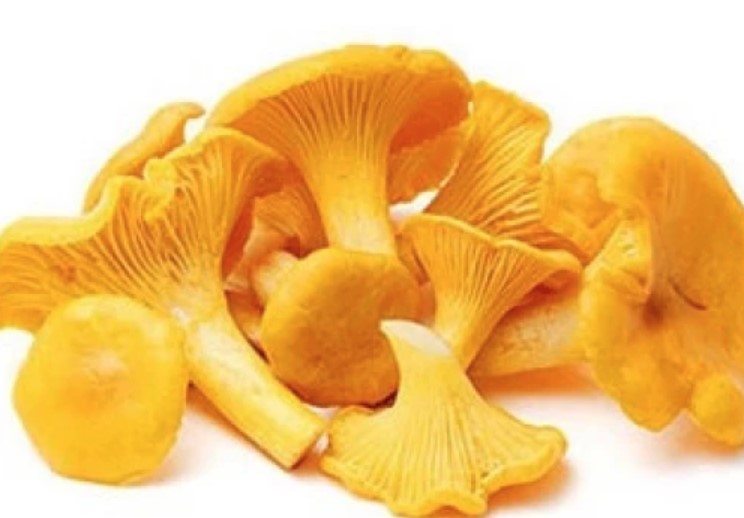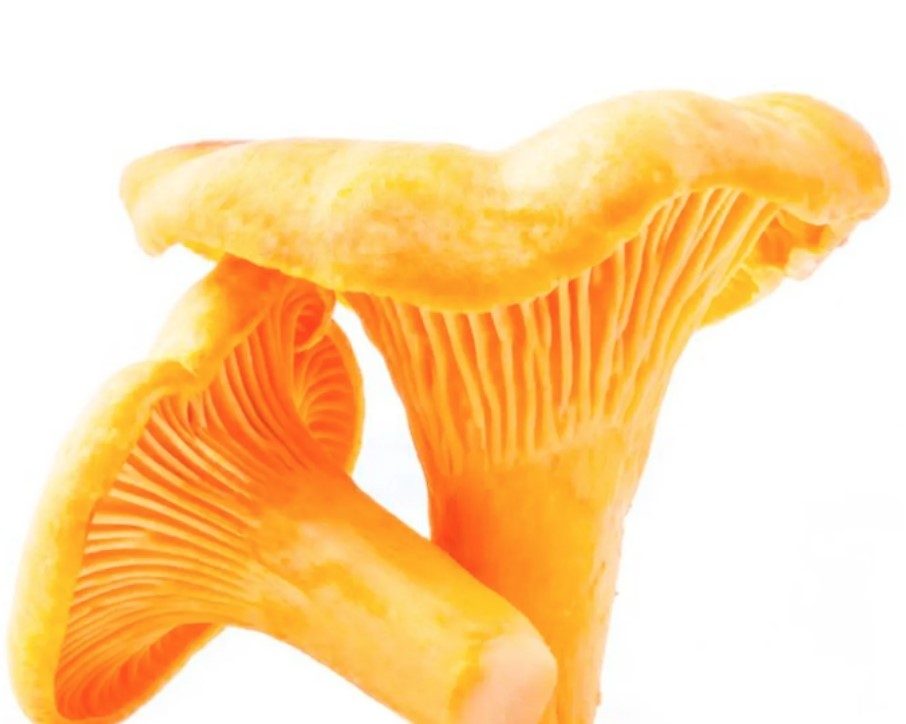You should clean chanterelles very carefully, as the mushrooms are sensitive. We show you the best tips on how to clean chanterelles properly.
If you walk through the forest in summer, with a bit of luck you will come across the first chanterelles. Their bright yellow is hard to miss. If you have a cloth bag with you – plastic is not only bad for the environment, but also bad for the mushrooms – you can carefully cut off a few of the tasty mushrooms just above the ground with a sharp knife.
Freshly picked chanterelles are very aromatic, but of course they are not as clean as the pre-cleaned ones from the shop around the corner. How do you get rid of the “dirt”?
Clean your chanterelles properly with these tips

Remove coarse dirt: Even collected chanterelles have to be cleaned thoroughly because needles, soil and other dirt stick to them. Since a water bath is taboo and chanterelles are very sensitive, you can brush off the dirt with a kitchen brush (available from **Avocadostore) or kitchen paper (e.g. made from fast-growing bamboo from **Avocadostore).
Cut off the stalk: Whether the chanterelles are from the forest or the supermarket, you first need to remove the bottom part of the stalk.
Remove bad spots: If you discover soft, dry or glassy spots when cutting off the stem ends, you should also cut them off with a sharp knife.
Now the chanterelles are clean and ready to be cleaned and you can use them to make sauces, soups and stir-fries.
Clean especially dirty chanterelles

Water bath: If the dirt is particularly bad and cannot be removed with a brush and kitchen roll, you can use water: place the mushrooms in a sieve and dip them briefly in a cold water bath. Then place them on a clean kitchen towel that will soak up the excess water.
Flour bath: Dust the mushrooms with flour and then briefly dip them into a cold water bath using a sieve. The flour separates from the chanterelles and takes the adhering dirt with it. This method works especially well with larger batches, when it would take too long to hand-clean all the mushrooms.
Danger! In Europe, chanterelles may only be collected for personal use, since their stock is constantly shrinking. Collecting is generally prohibited in nature reserves and national parks. Check with your local municipality before collecting chanterelles.

